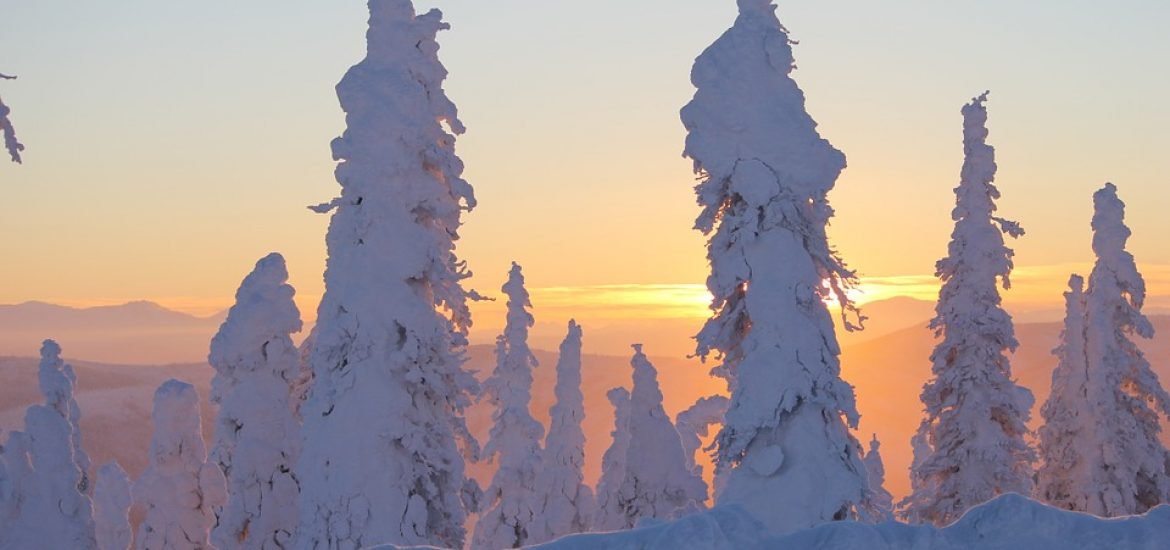
Thawing permafrost due to climate change will expose arctic populations to excessive levels of radioactive gas radon, which may cause lung cancer, according to a study published in the journal Earth’s Future (1). The team from the University of Leeds, UK, believes that the permafrost has acted as a protective barrier, blocking radon from reaching the surface, but now this layer is quickly disappearing.
Radon is an odourless, radioactive, and invisible gas that occurs naturally. It’s estimated that it causes about one in 10 lung cancer deaths, affecting mainly smokers. This explains why the sub-Arctic communities have higher death rates in lung cancer patients.
This study analysed how radon flows through the soil with and without the permafrost, as well as its spread to different types of buildings, including those with basements and those built on piles.
The results show that having a basement increases the presence of radon in the house by more than 100 times from its original value for seven years if the permafrost is lost. This not only highlights the need to keep the permafrost intact by limiting global warming but also has implications for building codes in affected areas and advice for local populations about the importance of proper ventilation.
“Radon is known to be the second most important cause of lung cancer after smoking. Smoking also exacerbates radon-acquired lung cancer rates by about 26 times, and smoking is up to 4.4 times more prevalent in Arctic communities. An unexpected plume of radon could represent a dangerous health hazard if it is not planned for. Fortunately, simply-installed ventilation is all that is often required if the problem is recognised,” said Professor Glover from the School of Earth and Environment at Leeds.
“If the permafrost were stable, there would be no cause to be concerned. However, it is now widely recognised that climate change is leading to significant thawing of permafrost, with a 42% expected loss of permafrost in the Arctic Circumpolar Permafrost Region (ACPR) by 2050. The radon can then pass through the permafrost and lead to a plume of radioactive gas within buildings that take several years to peak and many more to dissipate.”
Curiously, the study showed that losing the permafrost barrier would not increase radon values in traditional houses built on piles. For modern buildings with basements, however, the thaw of the permafrost could result in a radon concentration higher than accepted levels (200 becquerel per cubic metre (Bq/m3) for up to seven years.
“Our results show clearly that the pent-up reservoir of radon can be released into the basements of buildings over a long period and will remain above radiation action levels for four to seven years,” said Prof Glover. “Since there has been no perceived historical radon problem in these communities and the gas itself is undetectable without specialist devices, we regard this as an important and totally avoidable threat to the health of the northern communities.”
(1) Glover P and Blouin M (2022) Increased Radon Exposure From Thawing of Permafrost Due To Climate Change. Earth’s Future, https://doi.org/10.1029/2021EF002598